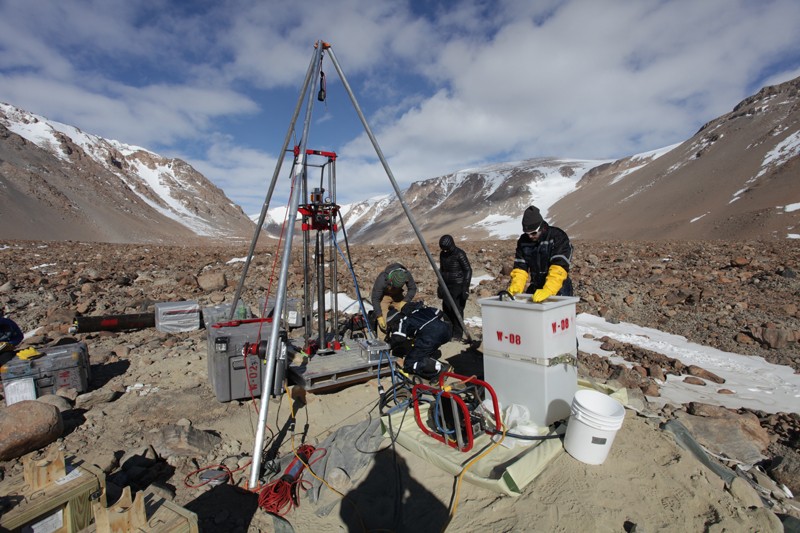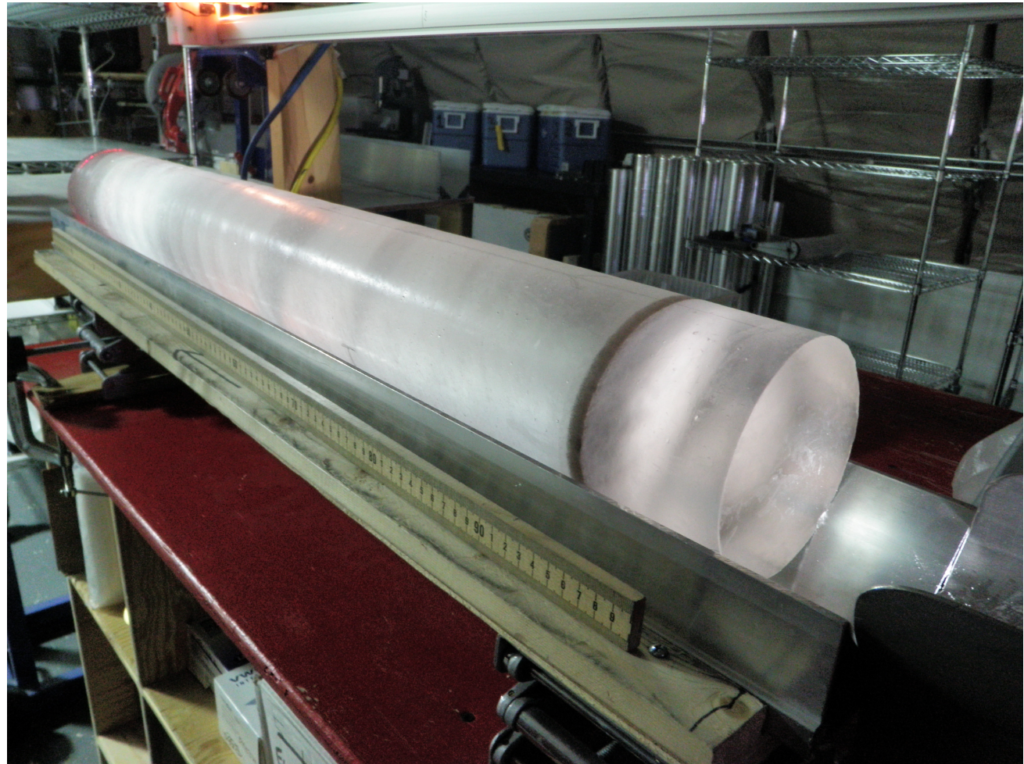
Scientists have discovered the world’s oldest ice core in Antarctica, dating back to at least 3-5 million years. Read to know more.
The Ong Valley in the Transantarctic Mountains, which divide eastern and western Antarctica, has yielded a roughly 10-meter-long, sediment-filled ice core. They believe the ice to be up to 5 million years old, making it probably the oldest piece of recovered ice ever.
The technique used to determine the age of the core, which was published in The Cryosphere on July 15, might open the door for an investigation into other, older ice samples. The goal is to create seamless histories of climatic conditions that go back approximately 1.5 million years by competing to retrieve the oldest continuous ice cores from these more ordered deposits found deep beneath.
The discovery might provide hints at what led to the ice age
But at a time when the planet’s cycles of glacial advance and retreat were just starting, the new discovery might aid scientists in their analysis of the ice sediments that hold greenhouse gases from the atmosphere. It might also provide hints as to what led to the ice ages.
According to Nature.com, the researchers were able to determine the correct age of the ice by drilling through an ice core. It was 9.5 m (31 ft) long during the Southern Hemisphere summer of 2017 and 2018.
The ice core’s age was noted at various depths
The material’s age has been noted at various depths. According to them, the lower piece was dated to between 4.3 and 5.1 million years, which is over twice as old as the previous record-holder, at 2.7 million years. The upper section is estimated to be around 3 million years old.
Scientists have noted that the ice sheets from Greenland and Antarctica hold the key to understanding climate science. Usually, scientists drill at places where the ice has accumulated over the course of years, completely undisturbed by the glacial flow.
The sediment-filled ice from Ong Valley would probably be unable to offer the same level of detail in a climatic record as continuous cores. However, it might still produce new information.
The discovery was possible because of Beyond European Project for Ice Coring in Antarctica (EPICA). It was sponsored by the European Commission and is being carried out by The British Antarctic Survey and the Institute of Polar Sciences of the CNR (National Research Council of Italy).
